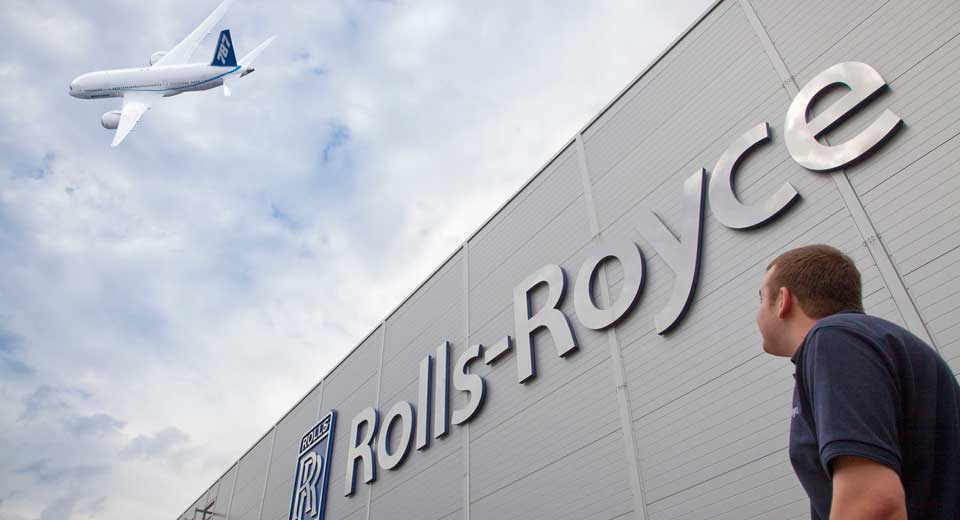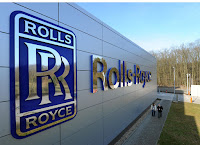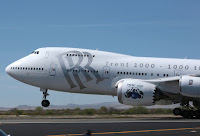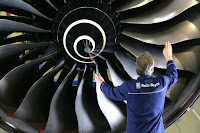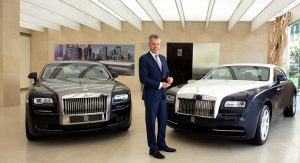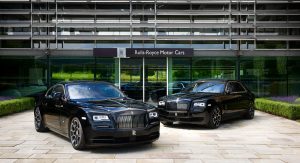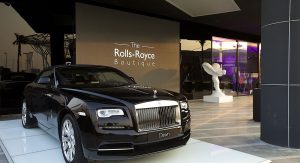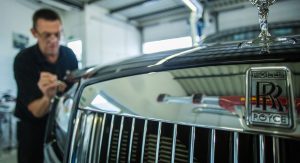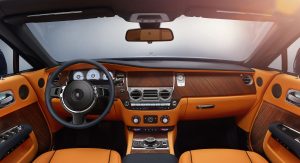As you may or may not be aware, there are two companies called Rolls-Royce. One is the luxury automaker that produces such high-end rides as the Ghost, the Wraith, and the Dawn. The other is one of the world’s largest manufacturers of aviation engines. Lest there be any confusion on the matter, it’s the latter that’s been making headlines for the past few days.
The aerospace company – officially called Rolls-Royce Holdings Plc – has been under investigation for the past several years over allegations that it won contracts in countries around the world through questionable means. Those revolve principally around the bribery of key officials in countries such as Russia, India, and Nigeria.
Under the leadership of CEO Warren East since 2015, Rolls-Royce Holdings Plc cooperated with investigators from the UK’s Serious Fraud Office, freely providing incriminating documents uncovering the criminal activities of his predecessors and intermediary brokers who acted on the company’s behalf.
With the investigation now complete, Rolls-Royce has agreed under a Deferred Prosecution Agreement to pay the equivalent of over $600 million in fines in the UK, as well as another $170 million in the United States and over $25 million in Brazil. The first year of payment alone (between all three countries) will come to over $360 million.
“The behaviour uncovered in the course of the investigations by the Serious Fraud Office and other authorities is completely unacceptable and we apologise unreservedly for it,” said East. “This was unworthy of everything which Rolls-Royce stands for, and that our people, customers, investors and partners rightly expect from us.”
Founded in 1904 by Charles Stewart Rolls and Sir Frederick Henry Royce, the company started out making automobiles, but branched into aircraft engines during the First World War. Rolls-Royce Limited began developing jet engines in the 1940s, an endeavor that eventually lead to its financial collapse and nationalization. The British government subsequently split the company into two – one dealing with automobiles and the other with aircraft engines – with the former sold to Vickers and the latter separately incorporated and launching its IPO on the stock market in 1987.
BMW took over the automaker in 1998 and turned it into the company we know today. But in an arrangement not unlike those between the Volvo automaker and truck manufacturer, both the luxury automaker and the troubled aerospace concern share the rights to the same brand name and logo.
With a workforce of over 50,000 employees worldwide, Rolls-Royce Holdings reported revenues of $17 billion in 2015. Meanwhile Rolls-Royce Motor Cars employs some 1,300 people and sold just over 4,000 vehicles last year. At around $300k a pop, that would work out to about $1.2 billion in revenue contributed to the BMW Group’s bottom line – or less than a tenth of its former sister company’s annual turnover.



